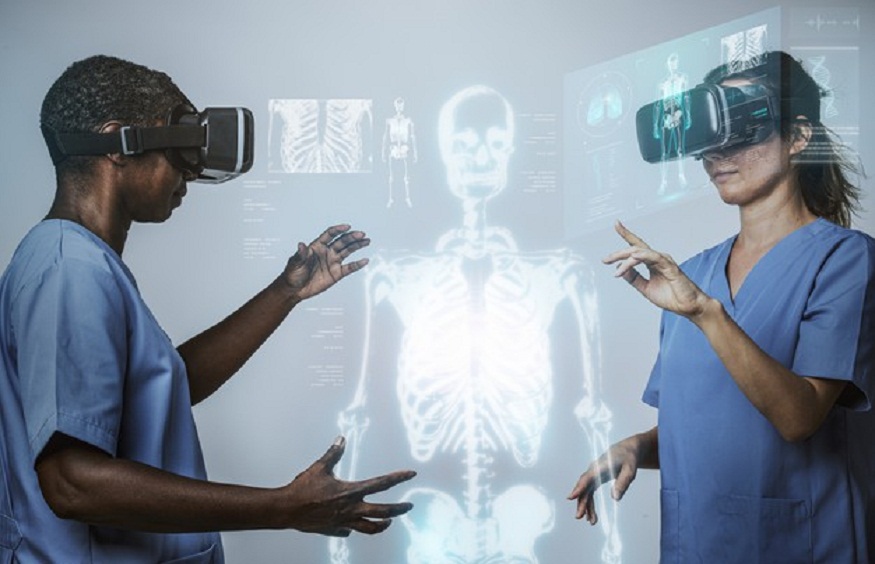Welcome to the world of emerging technologies in diagnostic imaging. This space pulsates with innovation and potential. It holds the promise of better health outcomes and faster, less invasive procedures. One such breakthrough is colonography Colorado – a prime example of where we are headed. In this post, we’ll dive into these advances, exploring what they mean for patients and physicians alike. Let’s get started.
The Leap in Imaging Technology
Technology in medical imaging has made a significant leap in the past decade. We now have better tools in our arsenal to identify, diagnose, and treat diseases. For example, MRI machines can provide more detailed images than ever before. The evolution in ultrasound technology enables us to see clearer pictures of the womb. All these advances bring us closer to accurate diagnoses and treatments.
3D and 4D Ultrasounds
Ultrasounds have moved beyond the usual 2D images. Today, we can see 3D and even 4D (which includes movement) images of the baby in the womb. This advancement not only enhances the experience for expecting parents, but also helps doctors detect anomalies that may not be visible in 2D images.
AI in Radiology
Artificial Intelligence (AI) is reshaping the field of radiology. With algorithms that can identify patterns and anomalies in imaging data, AI is becoming a valuable tool in diagnostic imaging. This new development is already showing great promise in early detection of diseases like cancer.
Colonography – A Case in Point
Virtual colonography, such as colonography Colorado, is an example of how technology is transforming diagnostic imaging. It is a less invasive procedure than traditional colonoscopy and has shown high accuracy in detecting colon cancer and polyps. It also offers a more comfortable experience for patients.
A Comparison of Imaging Techniques
Let’s look at a quick comparison of some common diagnostic imaging techniques, their uses, and benefits:
| Technique | Uses | Benefits |
| CT Scan | Used to view bones, blood vessels, and soft tissues inside your body | Provides more detailed information than regular X-rays |
| MRI | Used to diagnose tumors, bleeding, injury, blood vessel diseases, or infection | Produces high-resolution images of the inside of the body |
| Ultrasound | Used to view the heart, blood vessels, kidneys, liver, and other organs | Does not use radiation and is safe during pregnancy |
| Colonography | Used to screen for colon cancer and polyps | Less invasive than traditional colonoscopy, high accuracy |
In conclusion, we’re standing at the threshold of a new era in diagnostic imaging. Emerging technologies, like those found in ‘colonography Colorado’, offer a glimpse of the future – a future where diagnoses are quicker, less invasive, and more accurate. For patients and physicians alike, these advancements offer renewed hope for better health outcomes.
